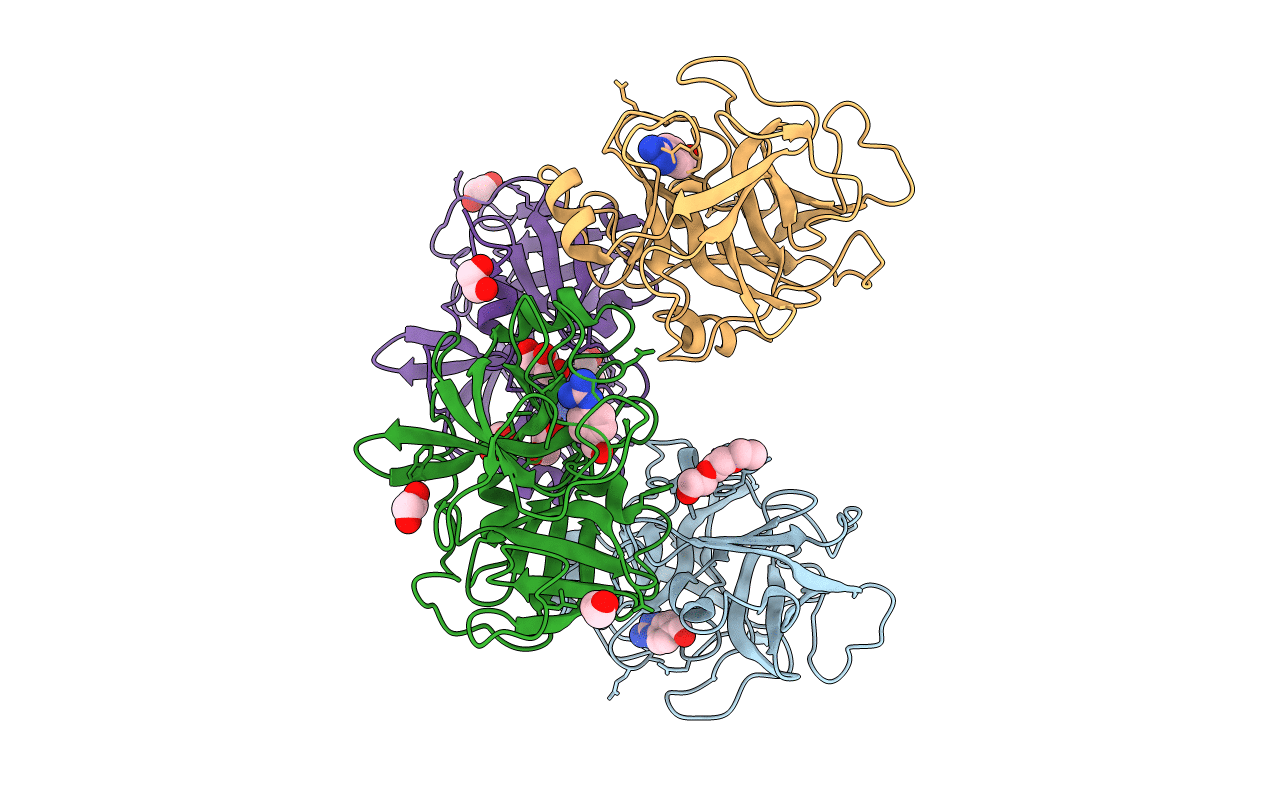
Deposition Date
2020-07-07
Release Date
2020-10-21
Last Version Date
2024-11-20
Method Details:
Experimental Method:
Resolution:
2.19 Å
R-Value Free:
0.25
R-Value Work:
0.22
R-Value Observed:
0.22
Space Group:
P 21 21 21


